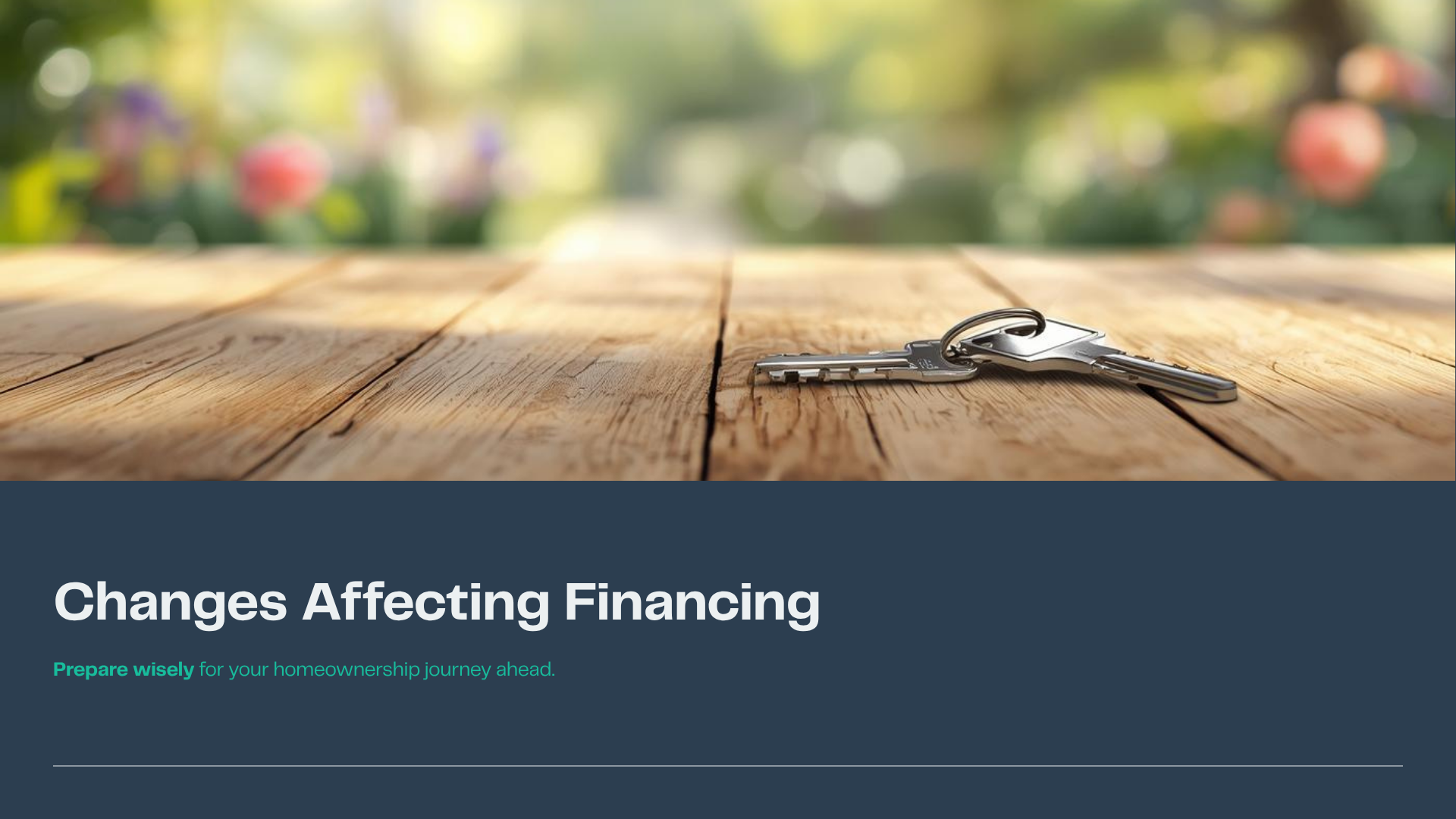Porting Your Mortgage
Most lenders say that their mortgages are portable.
What does this mean?
The simplest way to explain porting is this – if you sell your current home, rather than charging a penalty to pay out your current mortgage, your lender transfers the terms and conditions (and balance) of your mortgage to your next home.
Key here is knowing that porting isn’t always an option. Its also important to note that porting isn’t always the best option.
Its important to do the math to see if porting makes sense.
Porting policies differ from lender to lender and product to product.
As an example, my favorite lender will only port a variable mortgage on the same day (ie: the current mortgage is paid out and the replacement mortgage finalizes the same day) and dollar-for-dollar. This means you take the exact same amount of money and are not able to increase the size of the mortgage if you need more money.
Another of my go-to lenders will allow a port of a variable rate mortgage and use their blend and extend policies so you can increase the amount of funds if needed.
Many lenders offer a blend and extend option when porting their mortgages. This means that should you need additional money for your purchase those funds are added to your current mortgage and the lender comes up with a new blended rate based on a calculation of original mortgage funds sitting at the rate you initially signed at and the new funds needed sitting at current interest rates.
One of the chartered banks moves the exact same mortgage to the new property and adds a second mortgage for any additional funds required.
I like to do the math for clients to see if porting is the best route, or if it makes more sense to pay a penalty to take completely new rates.
As an example, I’m working with a young couple right now that renewed into a new five year term in May at 5.14 per cent. After two years of searching their dream home came on the market. They are needing almost three times the amount of mortgage as compared to their current mortgage.
In this case, as we are working with the same lender they are being charged three months’ interest penalty instead of an interest rate differential penalty which would be approximately four times higher.
They are electing to pay the penalty (calculated at $2600) and take a completely new mortgage at 4.59%.
I looked at the interest savings and in this case the clients are saving over $9,000 over the next five years by paying the $2600 penalty.
Staying with the current lender and porting the current mortgage is almost always what I recommend to my clients. I do the math and most times it makes sense to port.
Sometimes, however, it does make sense to pay a penalty and start fresh.
If you are selling and buying mid-way through your mortgage term I encourage you to connect with your mortgage person to see what makes the most sense for you financially. You may be a bit surprised as to where the numbers land.






